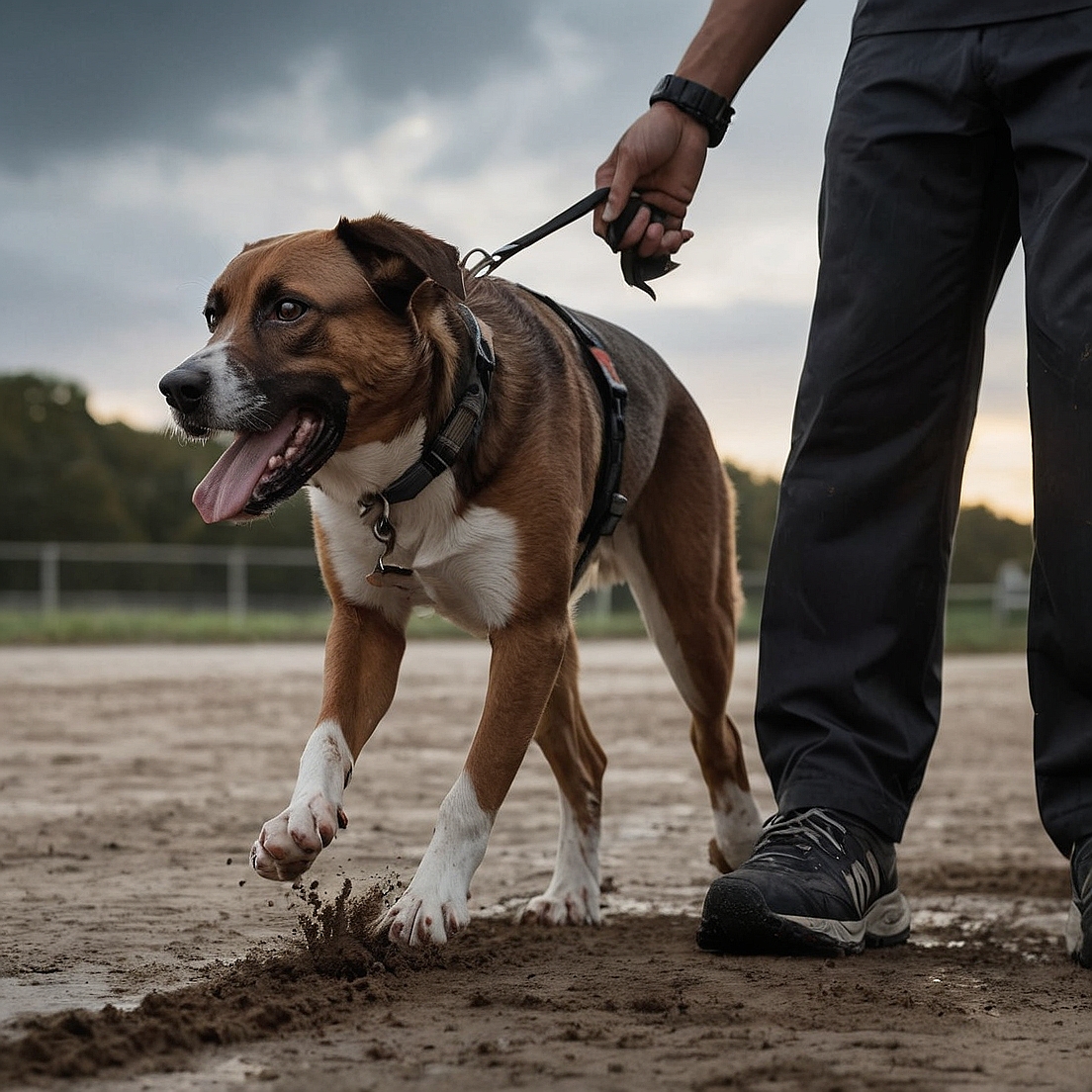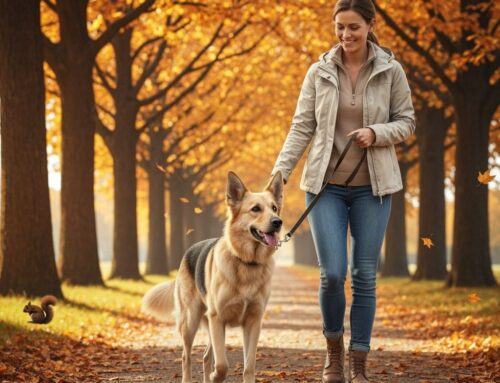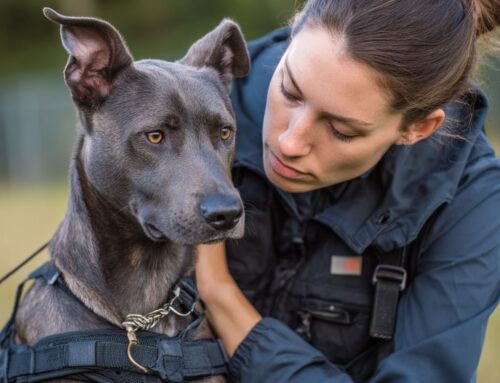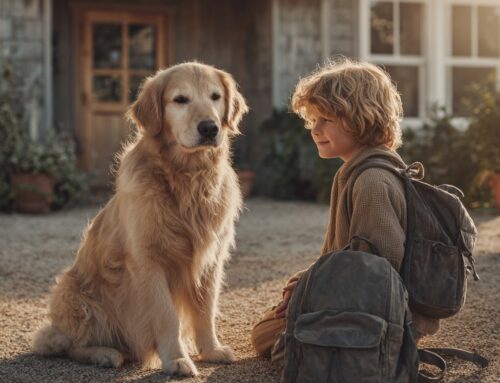Training a dog is an incredibly rewarding experience that can make the bond between you and your furry friend so strong for a lifetime of fun with your pup. It requires patience, consistency, and a good understanding of dog behavior. And with every dog being unique, you’ll need to make sure you listen to their needs when you’re training them. Whether you are a new dog owner or looking to refine your pet’s skills, we’ll cover essential dog training tips to ensure your dog becomes a well-behaved and happy companion with proper training.
Start Early
One of the most crucial aspects of dog training is to start early. Young puppies are like sponges; they are eager to learn and adapt quickly. Early training helps establish good habits from the beginning of puppy training, making it easier to manage your dog as they grow especially during the training process. However, if you have an older dog, don’t be discouraged. Dogs of all ages can learn new tricks and behaviors; it might just take a bit more patience and time.
In addition to starting early, it’s important to use age-appropriate training methods. Puppies may not be ready for advanced commands or long training sessions, so start with the basics and gradually introduce more complex tasks as they mature. Early proper socialization is also crucial, as it helps puppies develop into well-adjusted adults who can handle a variety of situations confidently.
Use Positive Reinforcement
Positive reinforcement is a powerful tool in dog training. Rewarding your dog for good behavior encourages them to repeat that behavior in the future. Rewards can include training treats, praise, petting, or playtime. The key is to immediately reward your dog when they do something right so they can associate the behavior with the reward. Avoid using negative reinforcement or punishment, as this can create fear and anxiety, leading to more behavioral issues.
The timing of the reward is crucial in positive reinforcement. Reward your dog within a few seconds of the desired behavior to create a clear association between the action and the reward. Over time, you can gradually reduce the frequency of treats and rely more on praise and affection, ensuring that your dog maintains good behavior even without constant rewards.

Be Consistent
Consistency is essential in dog training. Use the same commands and reward system every time to help your dog understand what is expected. Inconsistent commands or rewards can confuse your dog, making it harder for them to learn. Ensure everyone in your household is on the same page and uses the same training techniques and commands.
Consistency also applies to the rules you set for your dog. If you allow certain behaviors sometimes but not others, your dog will become confused and less likely to follow the rules. For instance, if you don’t want your dog on the furniture, make sure everyone in the household enforces this rule consistently.
Keep Training Sessions Short
Dogs, especially puppies, have short attention spans. To keep your dog engaged and receptive, keep training sessions short and frequent. Five to ten-minute sessions, a few times a day to start training, are ideal. This approach prevents your dog from becoming bored or frustrated and keeps training fun and effective.
Short training sessions that are also positive also help build your dog’s confidence. Each successful session reinforces their learning and makes them more eager to participate in future training. If your dog seems to be losing interest or getting frustrated, it’s a good sign that the session is too long or too challenging.
Use Clear Commands
When training your dog, use simple, one-word commands like “sit,” “stay,” “come,” and “leave it.” Clear and concise commands help your dog understand what you want them to do. Avoid using long phrases or changing commands frequently, as this can confuse your dog. Consistency in your commands is crucial for effective communication.
It’s also beneficial to use a firm, calm tone when giving an essential command. Dogs are very sensitive to the tone of voice, and a consistent, authoritative tone will help them understand that you are giving an instruction. Avoid shouting or using an angry tone, as this can stress your dog and make training less effective. Keeping it clear, positive and concise will be only beneficial for both you and your dog.

Socialize Your Dog
Proper socialization is a critical aspect of dog training. You’ll want to expose your dog to various people, environments, and other animals to help them become well-adjusted and confident. Proper socialization reduces the likelihood of fear-based behaviors and aggression. Start socializing your dog early, gradually introducing them to new experiences in a controlled and positive manner.
Try and take your dog to different places, such as parks, pet-friendly stores and restaurants, and friend’s and families houses. Let them interact with other dogs and people in a supervised setting. Socialization should be a positive experience, so keep an eye on your dog’s body language and remove them from situations if they seem overwhelmed or frightened. Always listen to your dogs needs as they are all different and don’t force them into situations that may create an a bad experience for them.
Be Patient
Training takes time, and every dog learns at its own pace. It’s essential to stay calm and patient throughout the process to train your dog. Dogs can sense your frustration, which can hinder their learning and create anxiety. Celebrate small victories and progress, and remember that setbacks are a natural part of the learning process especially during trainings like a potty training. Patience and persistence are key to successful training.
When you encounter setbacks, take a step back and assess what might be causing the issue. It could be that the training sessions are too long, the environment is too distracting, or the command is too complex. Adjust your approach and try again, always keeping a positive attitude.
Avoid Punishment
Punishing your dog for bad behavior is not an effective training method. It can create fear, anxiety, and even aggression in some cases. Instead of punishment, focus on redirecting bad behavior and reinforcing good behavior. For example, if your dog is chewing on furniture, redirect them to a chew toy and reward them when they use it. This approach teaches your dog what is acceptable without creating negative associations.
If your dog engages in undesirable behavior, calmly interrupt them and redirect their attention to a more appropriate activity. Consistently rewarding the preferred behavior while ignoring or redirecting the unwanted behavior will help your dog understand what is expected of them. But if your feel like your dog may be showing more undesirable behavior, you may want to look into some professional dog training to help you and your pup out.
Use Crate Training
Crate training can be a valuable tool for house training and providing your dog with a safe space. A crate should be a comfortable and positive place for your dog, not a form of punishment. Introduce the crate gradually, encouraging your dog to enter it and have your dog sit with treats and praise. Use the crate for short periods initially, and never leave your dog in the crate for extended periods. A well-crate-trained dog will see the crate as their den, a place of comfort and security.
Make sure the crate is the right size for your dog – large enough for them to stand, turn around, and lie down comfortably. Place soft bedding and a few toys inside to make it inviting. Gradually increase the time your dog spends in the crate, always associating it with positive experiences, such as treats and praise.
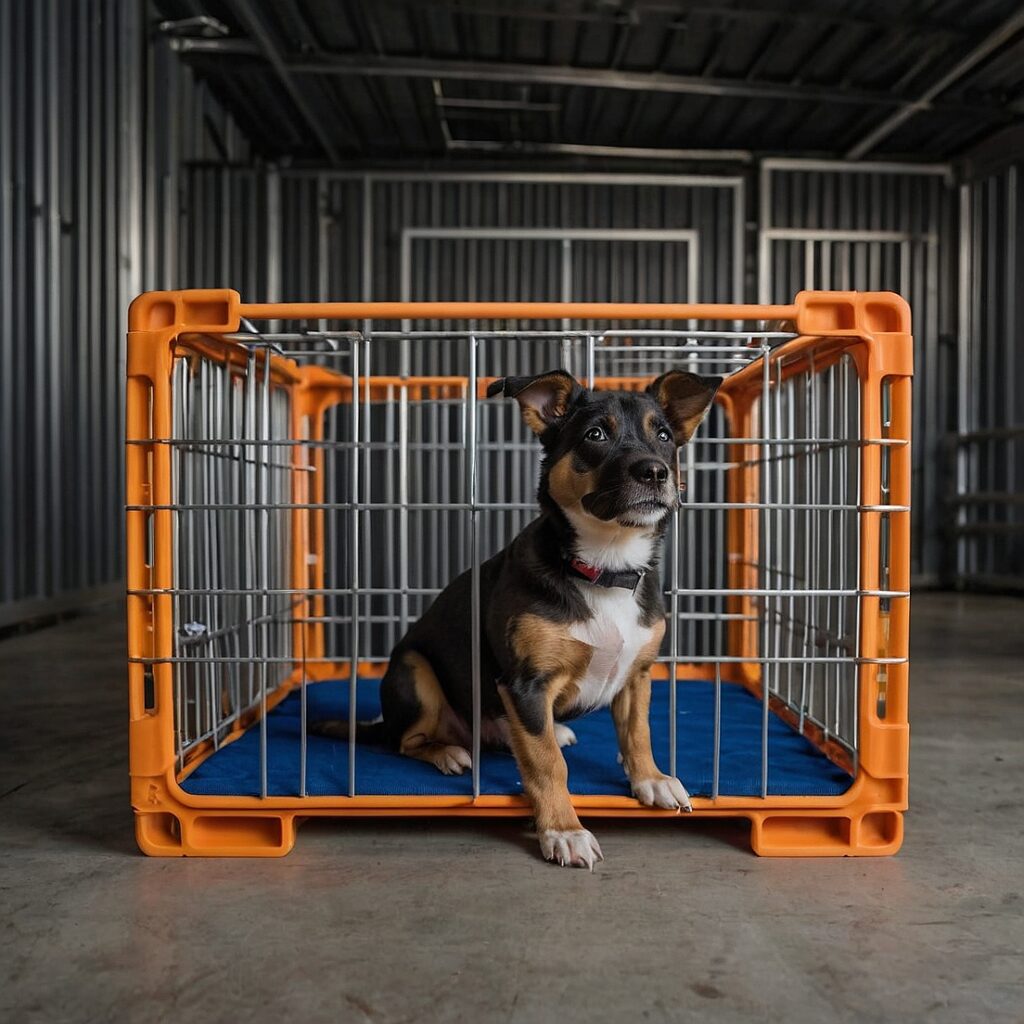
Practice Recall
Teaching your dog to come when called, also known as recall, is one of the most important commands. It can keep your dog safe in potentially dangerous situations. Start practicing recall in a low-distraction environment, using a high-value treat or favorite toy as a reward. Gradually increase the difficulty by practicing in different environments with more distractions. Always reward your dog generously when they come to you, making it a positive experience they want to repeat.
Consistency and repetition are key to mastering recall. Use a happy, enthusiastic tone when calling your dog, and always make coming to you a rewarding experience. Avoid calling your dog to you for negative experiences, such as a bath or ending playtime, as this can make them hesitant to come when called.
Teach Basic Commands
Basic commands like “sit,” “stay,” “down,” and “leave it” are essential for good behavior and safety. Start with these basics before moving on to more complex commands. Use positive reinforcement and clear, consistent commands to teach these behaviors. Practice regularly to reinforce your dog’s understanding and ensure they respond reliably.
In addition to teaching the basic important command, work on generalizing these commands to different environments and situations. Practice “sit” and “stay” at home, in the yard, and on walks to ensure your dog understands the command regardless of the context.
Gradually Increase Distractions
Once your dog has mastered a command in a low-distraction environment, gradually increase the difficulty by practicing in different settings with more distractions. This helps ensure your dog can perform the command reliably in various situations. For example, practice “sit” and “stay” at the park, on a busy street, or when guests are visiting. Increasing distractions helps generalize the behavior, making it more reliable.
Remember to be patient and take small steps when increasing distractions during this essential dog training tip. If your dog struggles, reduce the level of distraction and build up gradually during dog training. Reward your dog frequently for successful responses to commands in challenging environments to keep them motivated and confident.

Use Hand Signals
Pairing a verbal command with hand signals can be particularly useful, especially if your dog is far away or has hearing impairments. Hand signals provide visual cues that can reinforce verbal commands, improving your dog’s understanding and responsiveness. For example, a raised hand for “sit” or an open palm for “stay.” Consistency in using the same hand signals with the corresponding verbal commands is crucial for effective communication.
Hand signals can also be helpful in noisy environments where verbal commands may be difficult to hear. Practice using both verbal and hand signals together, then gradually phase out the verbal commands to see if your dog responds to the hand signals alone.
Exercise and Mental Stimulation
A well-exercised dog is a well-behaved dog. Ensure your dog gets enough physical exercise and mental stimulation to keep them happy and healthy. Regular walks, playtime, and interactive toys can help burn off excess energy and prevent boredom-related behaviors. Mental stimulation is equally important. Puzzle toys, training sessions, and teaching new tricks can keep your dog’s mind engaged and reduce behavioral issues.
Consider incorporating activities like agility training, obedience classes, dog sports or doggy daycare into your routine to provide additional physical and mental challenges. Regular exercise and mental stimulation can significantly improve your dog’s overall well-being and behavior.
Seek Professional Help From a Dog Trainer if Needed
If you’re struggling with training or dealing with specific behavioral issues, don’t hesitate to seek professional help. A dog trainer or dog behaviorist can provide personalized guidance and support to address your dog’s unique needs when it comes to training. Professional trainers can offer expert advice, develop a customized training plan, and work with you and your dog to achieve desired behaviors. Investing in professional help can make a significant difference in your dog’s training journey.
Research and choose a reputable trainer who uses positive reinforcement techniques. Observe a training session if possible, and ask for references to ensure the trainer is a good fit for you and your dog. Professional help can provide the expertise and support needed to overcome training challenges and achieve long-term success.

Your Essential Dog Training Tips
Training your dog is a journey that requires time, patience, and dedication. By following these essential tips, you can help your dog develop good habits and become a well-behaved and happy member of your family. Remember, every dog is unique, and what works for one dog may not work for another. Adapt your training approach to suit your dog’s personality and learning style. Celebrate progress, no matter how small, and enjoy the process of building a strong bond with your furry companion. Happy training!
At Performance K9 Training and Boarding, we believe that most behavioral issues can be resolved with a solid foundation of obedience training. To achieve this pet parent satisfaction, our founder, David Greene, crafted a comprehensive 2-week board and train program that addresses common dog challenges. This includes walking politely on a leash, reliable recall, and the “go to your place” command, with skills learned under partial distraction and partial off-leash conditions. For more comprehensive training, our Advanced Behavior Modification Program extends over three to four weeks. It refines the skills learned in the basic program and adds the ability to perform them under full distraction and off-leash. With our training specialists’ expertise, your dog can master walking politely on a leash, recall, and the “go to your place” command, ensuring a well-mannered and responsive companion. Contact Performance K9 Training today for a consultation to see if your dog is the right fit for these training programs and help kick start your dog training today!



